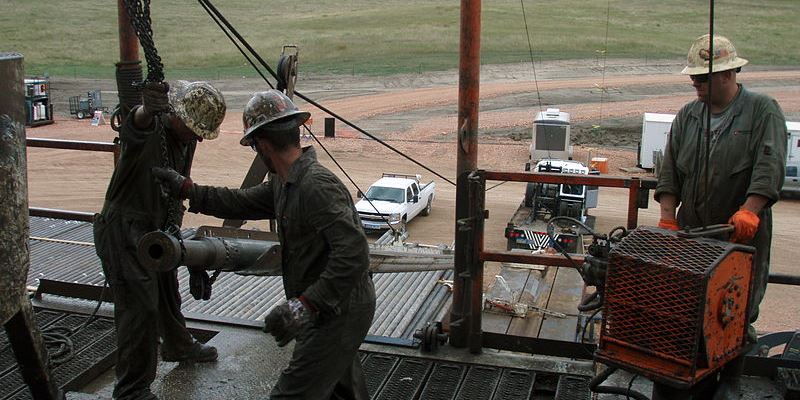Texas towers over Alberta post-price drop

People sometimes talk about Alberta being the “Texas of Canada.” And there are some apt comparisons. Rodeo? Check. Cowboy hats and boots? Check. Country-Western music? Check. Oil and Cattle? Check. Equal economic performance? No, not even close.
A new research bulletin from the Fraser Institute compares the economic performance of Texas and Alberta, and the picture for Alberta isn’t a pretty one.
Per capita Gross Domestic Product? In 2015 and 2016 real per capita GDP (a common measurement of a jurisdiction’s standard of living) in Alberta shrunk by more than five per cent each year (before growth resumed in 2017). In Texas, which was hit by the same recession and global oil-price collapse, real per capita GDP grew by more than one per cent in 2015 and shrunk by less than two per cent in 2016 before returning to growth in 2017.
What about labour markets? From 2004 to 2014, Alberta generally enjoyed stronger employment growth than Texas. Yes, stronger. But not in the last three years. Total employment growth averaged 1.7 per cent in Texas from 2015 to 2018 compared to 0.6 per cent in Alberta. In fact, Texas hasn’t seen a year of negative employment growth over the past four years, despite the sharp decline in oil and gas prices. While the unemployment rate in Alberta was just 3.8 per cent in 2014 (compared to the also low rate of 4.6 per cent in Texas), the Alberta rate rose by 1.4 percentage points in 2015 while the rate in Texas fell by 0.2 percentage points, giving Texas the lower rate. Alberta’s unemployment rate jumped to 7.2 per cent for 2016, peaking at roughly 9.1 per cent in November that year. By comparison, in Texas the annual unemployment rate stayed below 5 per cent during this period.
And tax rates? Let’s not even go there (disclaimer: I lived in Texas for about five years). Texas has no state-level personal or corporate income tax. Until recently, Alberta’s combined provincial/federal corporate and top personal income tax rates were lower than in Texas. But that advantage is gone. First, the Notley government ended Alberta’s single-rate 10 per cent personal income tax system, replacing it with a five-bracket system with a top rate of 15 per cent. Notley’s government also increased the province’s general corporate income tax rate to 12 per cent. The Trudeau government piled on, increasing the top federal personal income tax bracket from 29 per cent to 33 per cent.
Finally, the Trump administration recently slashed the U.S. federal general corporate income tax rate from 35 per cent to 21 per cent and reduced the top personal income tax bracket to 37 per cent, which meant the combined corporate income tax rate of 27 per cent in Alberta was six percentage points higher than in Texas. Some progress has been made; the Kenney government instituted a gradual four percentage-point corporate income tax rate cut, eventually closing the gap to two points. But there’s still a gap.
Texas and Alberta are not completely comparable. Canada’s oil is heavier, oil transportation is more constrained, and it’s a heck of a lot colder in Alberta. However, the two countries both have massive oil and gas resources. But even in the face of falling global oil prices, Texas has remained profitable while Alberta has contracted. More change is needed to improve Alberta’s economic performance and bring its tax advantage back.
Author:
Subscribe to the Fraser Institute
Get the latest news from the Fraser Institute on the latest research studies, news and events.

